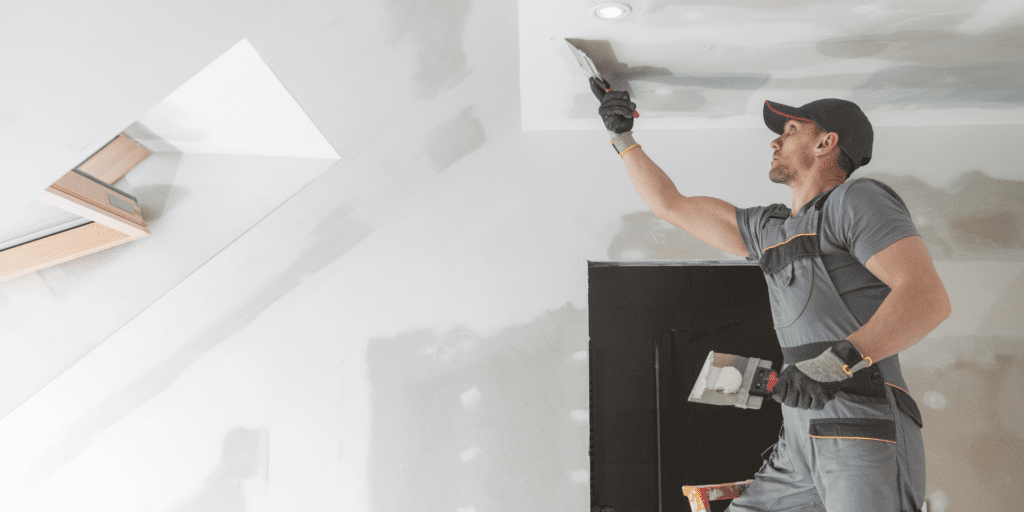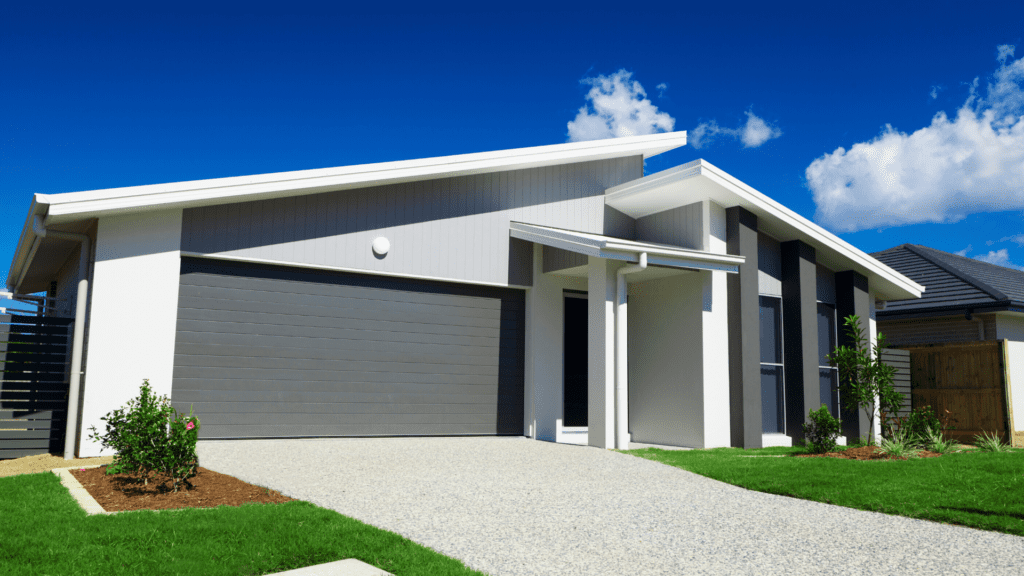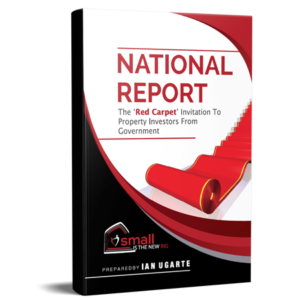There’s so many ways to value add when it comes to investment properties. See how my advice stacks up with other experts in Your Investment Property! My advice is; go for updates that make the property “adaptable to market volatility.” My Cash Flow Positive, micro-apartment strategy is exactly that! Read below to find out more.
Best Ways To Add Value To A Property
By Mark Rosannes, Your Investment Property, July 8, 2020.
Many investors say that the next logical step after purchasing a property is increasing its value. They caution that merely relying on the market for growth could be the single biggest mistake an investor can make, especially in the current economic climate.
Lloyd Edge, director and founder of Aus Property Professionals, is among these investors. He says that adding value to a property can “speed up the growth process” and lessen reliance on market conditions.
“Equity is a superpower and this approach also ensures that you don’t fall for the traditional ‘buy and hold’ strategy,” he says. “You need to create equity in properties and create cashflow to achieve your goals, rather than sinking all of your investment money into a single property that offers no substantial financial reward for years to come.”
Ian Ugarte, property investor and co-founder of Small is the New Big, says increasing value can also make a property “future-proof” as long as the updates make the property “adaptable to market volatility.”
But what are the best ways to increase the value of a property? Your Investment Property gathered expert insights and came up with this list.
Scroll Down For More Of My Tips!

Kitchen and bathroom renos
The HomeBuilder scheme has boosted renovation talk as it promises to provide cash grants on top of existing state and territory programs, stamp duty concessions, and other grant schemes. However, the program is open only to owner-occupiers, meaning investors are excluded.
According to experts, kitchen and bathroom upgrades have the most impact in home value as these are high-use and high-traffic rooms.
“The kitchen is one of the most important communal areas of any home,” Bryce Yardney, project director at Metropole Strategist Professionals, tells propertyupdate.com.au. “Buyers want a functional workspace that includes modern appliances, attractive taps, and good cupboards and bench-tops.”
“It’s a common mistake to overdo kitchen upgrades but a sleek and modern kitchen will attract buyers and add to the value of your home,” he says.
Yardney adds that a “functional and aesthetically appealing bathroom” does the same. But rather than a complete renovation, small updates like painting walls, replacing tile grout, and reglazing bathtubs and sinks “can work wonders.”
Creating an open plan
Expanding the living room by knocking down interior walls is another popular renovation as this creates an open living space, which adds great value to a home.
No one knows this more than husband-and-wife tandem of Oliver and Sarah White, who created an open plan layout in their $860,000 apartment by cutting through a structural wall from the living and dining spaces to the kitchen.
“We cut the opening, installed a new kitchen and laundry, and painted and installed new flooring,” Oliver says. “The renovations took three months and cost about $50,000 to $60,000. Towards the end of the year, we had a valuation completed, which came back at $1.1m.”

Splitting a property into units
Converting a house into separate flats can maximise rental income in the short term and sale profit in the long term.
Ugarte also believes this is the “easiest and most affordable” way to generate positive cashflow in light of the current economic conditions.
“COVID-19 has shone a light on the mismatch in supply and demand when it comes to Australian housing,” he says. “Currently, 60% to 80% of people looking for accommodation are singles and couples. Unfortunately, 60% to 80% of the available properties are three-, four- and five-bedroom houses.”
“As it is, the majority of affected renters are doing whatever they can to reduce their expenses – and one of their biggest expenses is their rent. They just can’t continue to pay former market rents, nor can they afford to pay for the luxury of extra space and rooms they don’t use or need.”
He adds that by dividing properties into smaller independent dwellings, property owners can reduce rent by a third to half and still get an average of $300 to $900 weekly “more than the rental next door.”

Improving curb appeal
First impressions last, as the famous adage goes. That’s why giving a property some curb appeal can go a long way.
“Spruce up your garden – a well-groomed front yard not only creates a good first impression, it also adds to a property’s street appeal,” Yardney says. “If your house is weatherboard, replace and repaint any loose or rotting wood. If it’s brick, make sure that any cracks in the mortar are filled. If your home is painted make sure the painted surfaces are clean and attractive.”
Find out more about how to make your property future-proof and cash flow positive by joining my next live webinar HERE.





